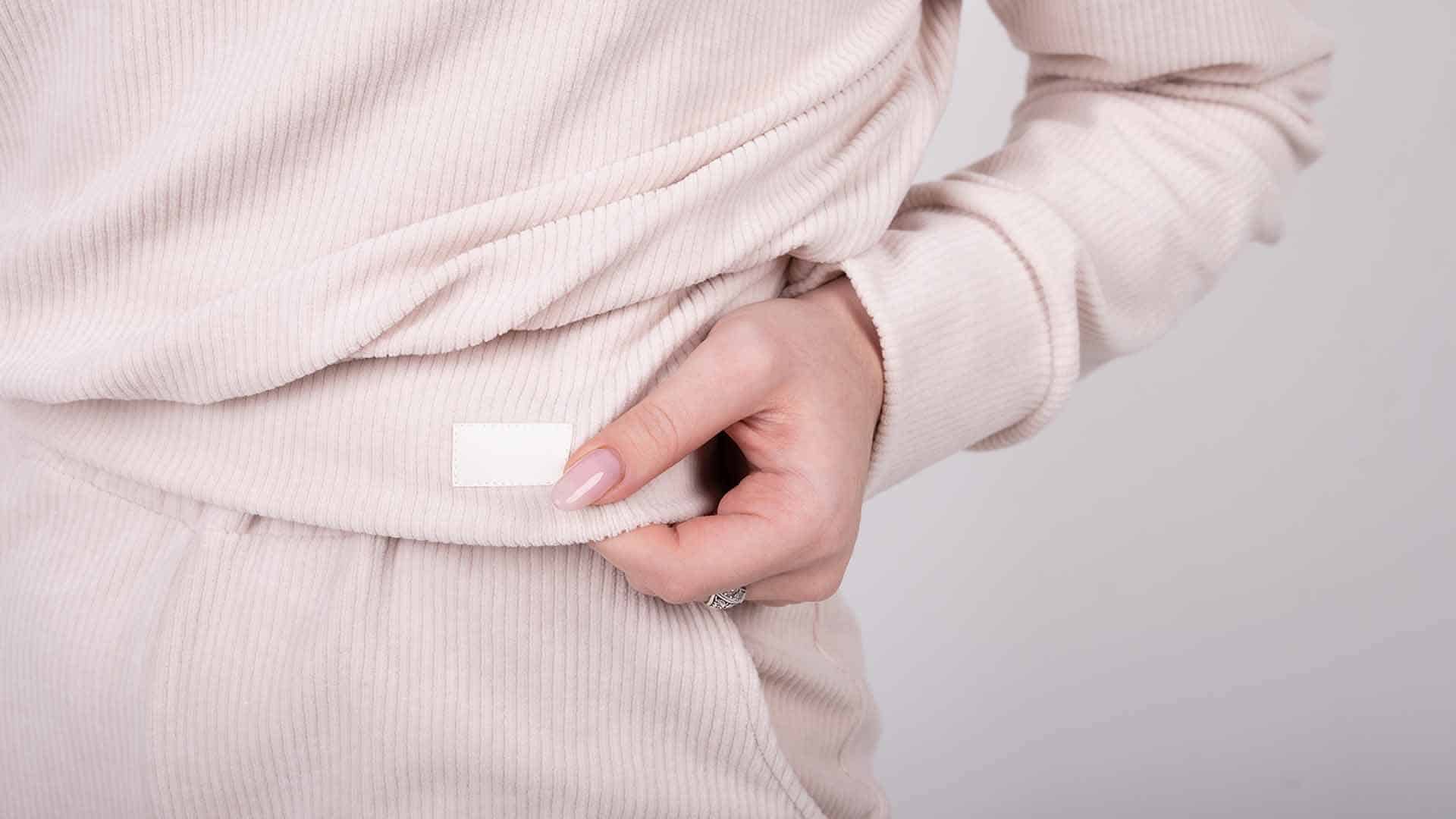Whenever I go grocery shopping, I’m obsessed with reading the food labels and ingredients in each item and the expiration date. We all pretty much know what is good and what is bad ingredients regarding food, but what about reading labels when we buy clothes. This doesn’t come conveniently like in the food sector, so why some companies don’t include their ingredients during manufacturing and production. When it comes to clothing, they don’t come with a label of ingredients. I’m sure we all want to know what we are putting on our bodies every day.
Have you ever thought of the fact that your favorite jeans, shirt, dresses can put you at risk for certain diseases? Would you think twice about knowing this, next time when you go shopping?
We all know that the kind of food we eat and how much water we drink are essential to our health.
We are all aware that this is happening every day, but it also doesn’t mean we can get diseases or cancer just like that. Workers who work with these clothes all day are at the highest risk. For us consumers, in the short term, these chemicals can cause allergic reactions and irritations. But this should be enough for us to raise the question of why all these substances are in our clothes in the first place.
The same way we care for our skin when it comes to food and skincare products, we should start paying more attention to the toxic chemicals consisting in our daily clothing. Our skin is the largest organ in our body, skin products are getting more attractive every day, but that’s not the case with our fashion industry.
Only a few sustainable brands you will find listed all their ingredients and how their clothing is made.
– Do you know what textile dermatitis is?
Is your new shirt making you feel itchy? Depending on the fabric and clothing, you may experience an allergic reaction known as textile dermatitis?
The most common allergy signs can occur a few hours after wearing, or even a few days, you will see redness, scaling, and itchiness. You can get rash from any fiber, but the most common are clothes made with synthetics such as nylon, spandex, rubbed, polyester. These fibers don’t breathe like natural fibers, and they make you sweat more.
Nowadays, there are so many studies proving the toxic presence in our clothes, it’s almost impossible to cover everything.
Below I will list a few links that I found very helpful in understanding the chemicals in our clothes.
Two years the Consumer Product Safety Commission (BCP) has published a list of the main chemicals used to manufacture low-cost clothing, mainly from China.
1. HAZARDOUS CHEMICALS IN CLOTHING FROM CHINA
In their article, they are talking about:
- Lead
- NFE (nonylphenol ethoxylates and nonylphenols)
- Phthalates
- PFC (perfluorinated and polyfluorinated chemicals)
- Formaldehyde
2.GOOD ON YOU
Good On You is an ethical app that rates ethical brands based on their website transparency. This year in August, they published a detailed study on the Impact of toxic chemicals in clothing on our bodies (more details in the link ), what we should look for and how we can protect ourselves.
1. Growing process – Pesticides
2. Dyeing process – AZO dyes
3. Finishing process – Formaldehyde – PFAS
3.RE/MAKE
RE/make is an organization that aims to put an end to fast fashion, creating documentary films, fact-filled stories, campaign assets, and workshop materials to empower more women to join their fashion movement as a force for good. In their article, they are talking about.
1. Conventional Cotton (Non-Organic) and why you should choose organic.
2. Synthetic + Performance Fabrics and why you should choose natural materials
3. Brand New Clothes & Wrinkle-Free Fabrics and why you should choose second-hand clothing or Tencel
4. Weatherproof and/or Flame Retardant Fabricschoose pfc-free, flame-retardant-free, and/or organic wool.
5. Workout Gear & Anti-Bacterial Fabrics and why you should choose organic cotton, hemp, or Tencel.
6. Black Clothing, Denim & Azo Dyes and why you should choose second-hand or naturally dyed clothing or azo free.
7. Leather and why you should choose vegetable-tanned or innovative leather alternatives.
So, the question is, how can we remove chemicals within our clothing, and what can we do to protect ourselves from these potentially toxic chemicals?
How to wash off toxic chemicals from your clothes?
They are a few ways how to wash off toxic chemicals from your clothes.
This recipe I found online, and I have tried it. After washing the clothes, smelled a bit of white vinegar, but I didn’t mind it. In the end, better vinegar smell than formaldehyde. But if the vinegar smell borders you, you can boil fresh rosemary or lavender and drain the water in a spray bottle and spray over your clothes. Or dilute the essential oil in spray bottle water. That’s the way I do it since I’m using laundry detergent without any scent. (Dr. Bronner’s, and Seventh generation)
1. Using Powdered milk
Things you will need:
-1 cup Powdered milk
-water
-1 cup of baking soda
-laundry detergent
-white vinegar
1. Let the drum fill up with cold water and add 1 cup of powdered milk.
2.Drop your new clothing that probably contains formaldehyde and soak them in cold water for 2 to 4 hours. Do not add any other clothing or laundry to the load.
3.Turn the washer dial to a rinse and spin cycle and close the lid. Let the washing machine finish the cycle.
4.Fill the washing machine up with cold water and add 1/4 cup of laundry detergent and 1 cup of baking soda. Close the lid and let the washer begin to agitate the clothing.
5.Open the lid right before the rinse cycle begins and add 1 cup of white vinegar. Close the lid and allow the washing machine to finish the rinse and spin cycle
6.Remove the clothing from the washing machine. Hang the clothing out of direct sunlight and away from direct heat. Let dry for several hours.
2. Baking Soda
Another way is to soak your clothes in Baking Soda for several hours or overnight before washing. It’s more effective to soak it overnight, wash it with laundry detergent, air dry it, and repeat the cycle a few times before wearing it. Baking Soda, being slightly alkaline with a PH of 9 to 11, effectively neutralizes acidic fumes.
3. Mix laundry detergent and white vinegar
Wash with a mix of laundry detergent and white vinegar. Vinegar, being acidic, is effective at neutralizing bases. In combination with baking soda, the two agents can balance out and eliminate most of the chemical residue. Select an extra rinse cycle if your machine has one, and do an extra rinse with water only.
4. Dry your clothes outside
Try to dry your clothes outside in direct sunlight so that they can finish airing off. But be aware that the sun’s rays may leave damaging streaks and stains if the shirt isn’t properly rinsed. If you must use a dryer, set a low temperature, as high temperatures can actually cause remaining odors to “set” into the fabric by fusing them with fibers and dyes.
Repeat the process. Each washing and airing will reduce the effects of formaldehyde. It may take many attempts, especially if you are chemically sensitive. I hope this article helped you to understand the importance of choosing better quality clothes.










Appreciate this post. Let me try
it out.
I like the valuable information you provide in your articles.
I’ll bookmark your weblog and check again here frequently.
I’m quite certain I will learn plenty of new
stuff right here! Good luck for the next!